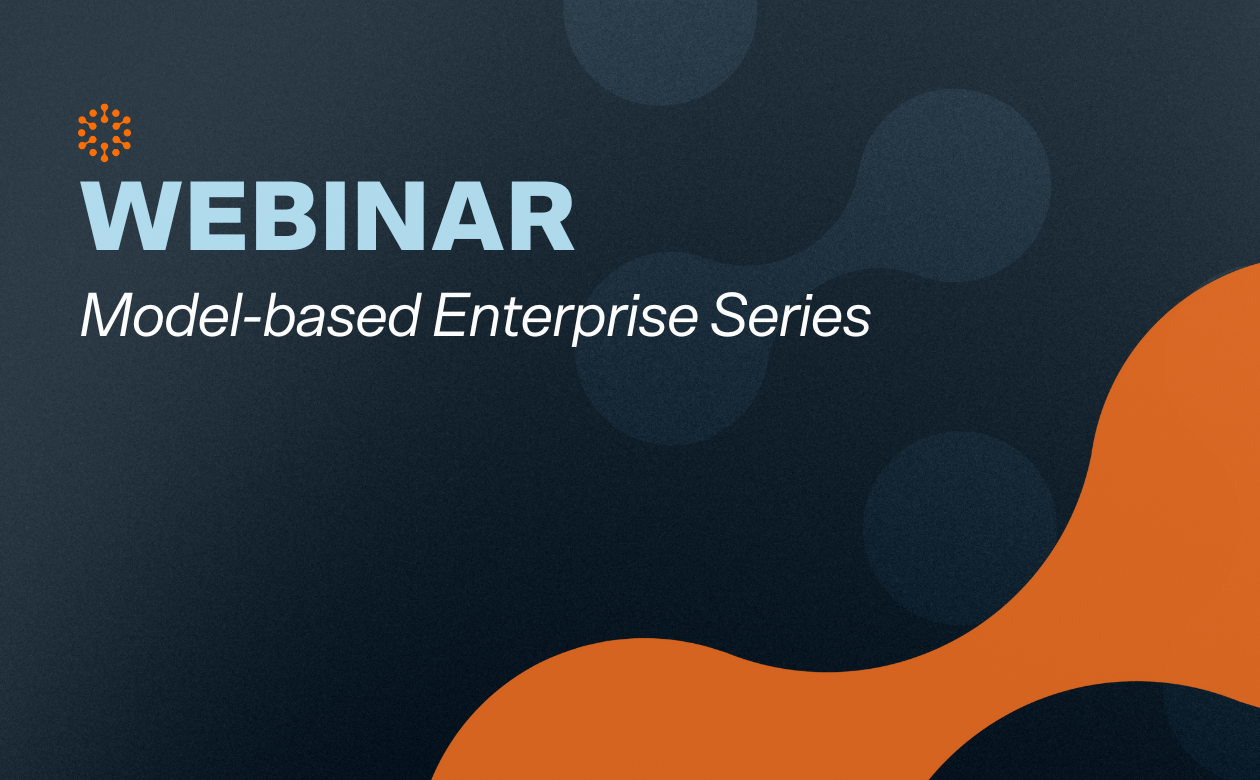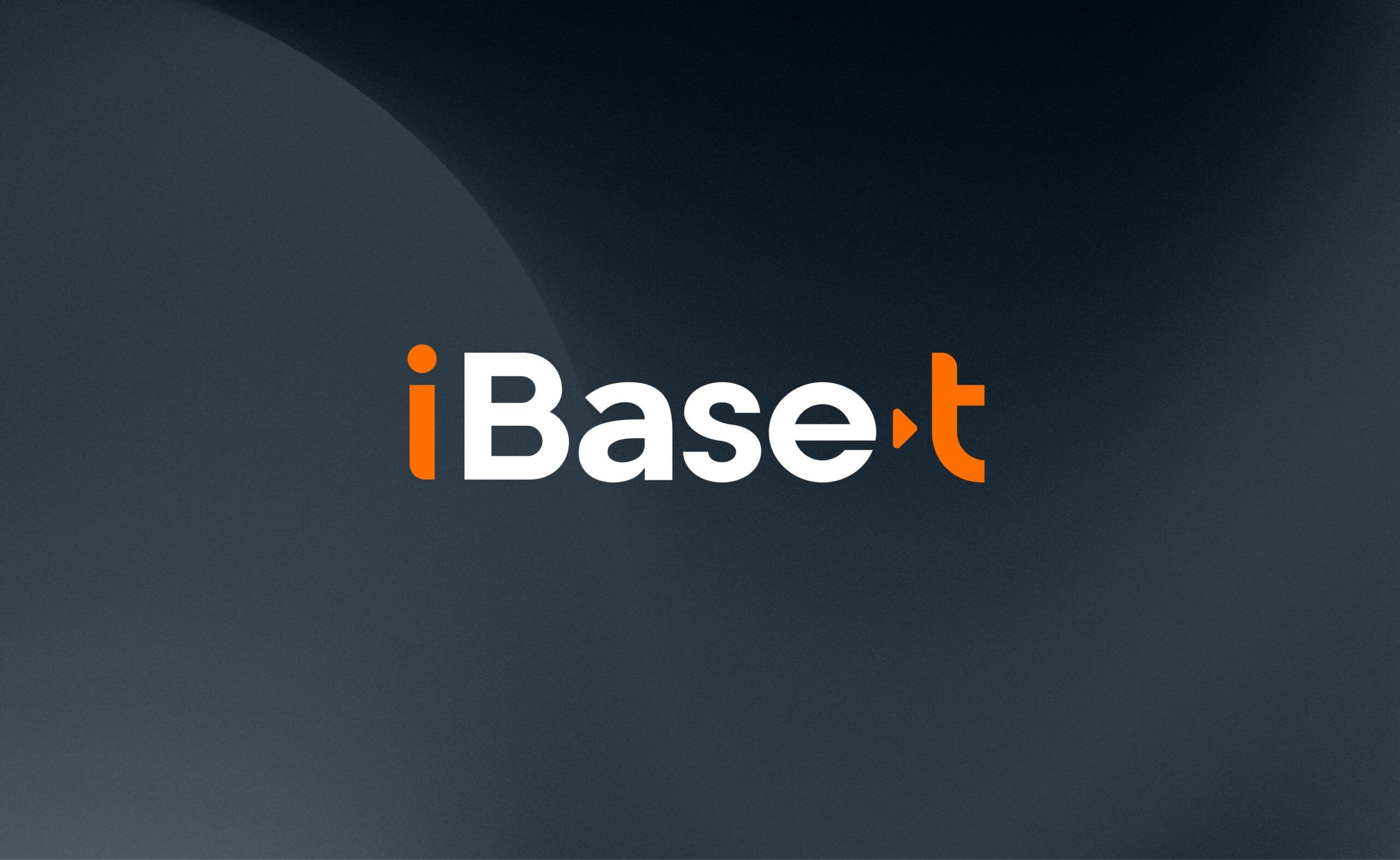Manufacturers adopting a Model-Based Enterprise (MBE) strategy report improved traceability and agility, faster delivery, greater efficiency, and lower costs. What should you consider to realize similar benefits? An MBE is an organization that uses digital models to support commissioning, operating, servicing, and decommissioning a product, thereby eliminating many of the process and coordination challenges associated with managing products with paper-based, manual processes throughout their lifecycle.
The Value of a Model-Based Enterprise
For years, leading-edge companies have pioneered the hard work of aligning people, process, and technology to unlock the value of engineering models to drive greater efficiency, reduce costs, and improve quality throughout the product lifecycle of a manufacturing business. Many companies have experienced significant value as they extend this and embark on a journey to become an MBE.
Interestingly, the further they get in their MBE journey, the more benefit they realize as the benefits do not plateau.
Maturity Index as Guidance for MBE
Many companies use the National Security Enterprise (NSE) MBE Maturity Index1 as a framework to define their strategy and monitor their progress. This is especially true of Top Performers. The index defines six stages of the journey, outlining requirements and milestones for each level. On average, companies expect the journey to full maturity to take about seven years.
Benefits of MBE
As they engage on their MBE journey, companies experience benefits at both the corporate level and in individual departments, even at the earliest stages. Those with an MBE strategy are 48% more likely to experience revenue growth that is ‘Above’ or ‘Significantly Above’ their competitors compared to those without a strategy. Companies expect to realize a return on their investment within 4.7 years, citing better traceability and agility as top corporate benefits. Top Engineering and Manufacturing benefits include fewer errors, improved manufacturability assessment, and more automation.
Plan for Success
Overall, people and culture are the biggest hurdles. Specifically, training and cultural resistance to change are companies’ top issues. From a process perspective, the need for more standards and changing ingrained 2D processes are top challenges. However, as companies move along the journey, process becomes less of a hurdle, likely a benefit from early-stage work. On the other hand, technology becomes a bigger hurdle as the journey progresses. With technology, the inability for downstream systems to automatically consume product and manufacturing information (PMI) is a top challenge during later stages. By anticipating these challenges and planning for them, your MBE journey will be even more successful.
Based on a survey of 250 discrete manufacturers, new research establishes a “state of the market” for MBE adoption. In addition, it identifies best practices and considerations to help you progress to higher maturity levels during your MBE adoption journey. This understanding should help manufacturers better plan and prepare for the journey by leveraging people, process, and technology to maximize return on investment as early as possible. Access the report findings here.




